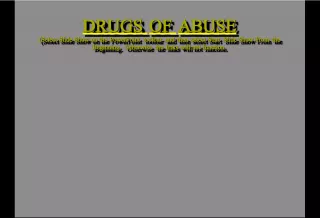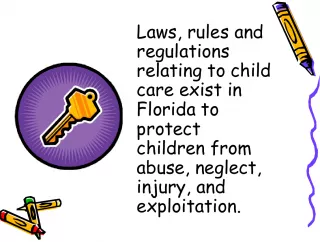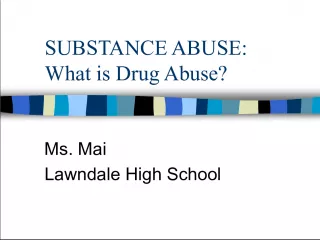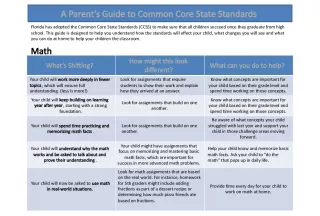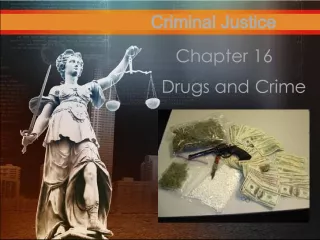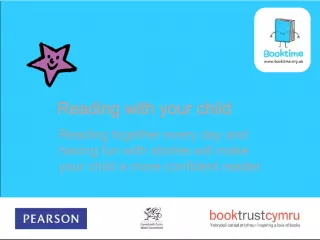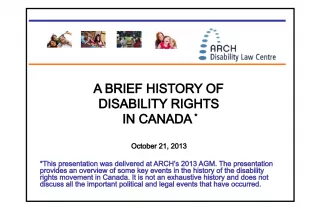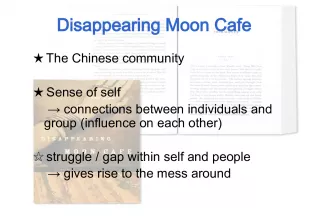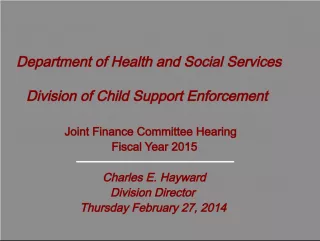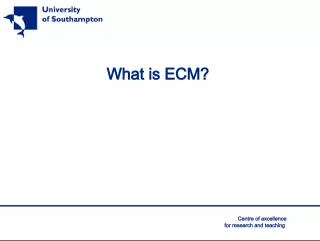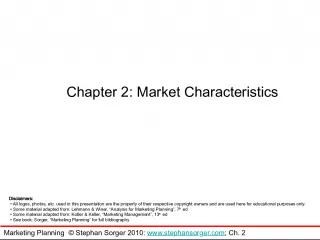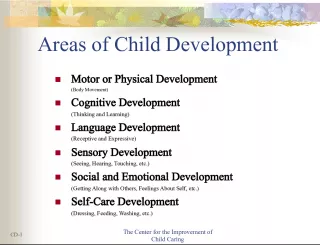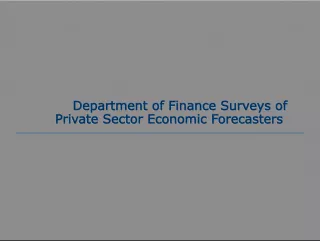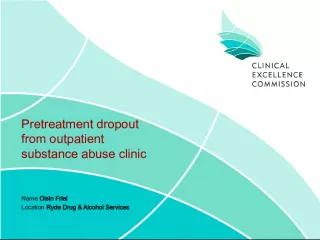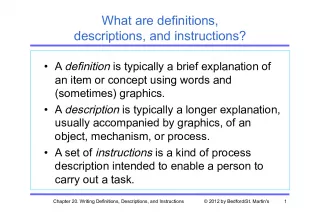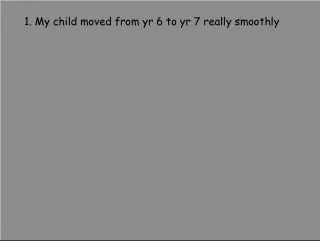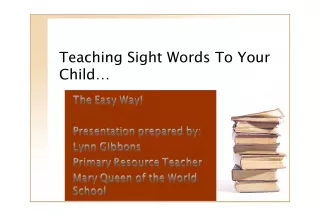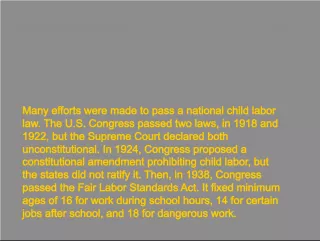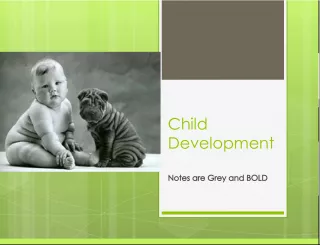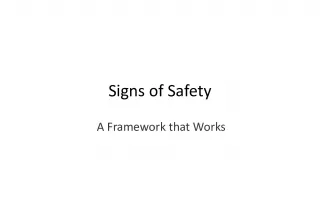Understanding Child Abuse Definitions in Canada


This article discusses the lack of a universal definition for child abuse in Canada and highlights the working definition provided by the Vanier Institute of the Family in 1993. The definition includes physical, psychological
- Uploaded on | 5 Views
-
 kevincruz
kevincruz
About Understanding Child Abuse Definitions in Canada
PowerPoint presentation about 'Understanding Child Abuse Definitions in Canada'. This presentation describes the topic on This article discusses the lack of a universal definition for child abuse in Canada and highlights the working definition provided by the Vanier Institute of the Family in 1993. The definition includes physical, psychological. The key topics included in this slideshow are . Download this presentation absolutely free.
Presentation Transcript
Slide1Child Abuse
Slide2Definitions There is no uniform agree-upon definition of child abuse in Canada. Vanier Institute of the Family (1993) uses these working definition:
Slide3Child Abuse The physical, psychological, social, emotional and sexual maltreatment of a child whereby the survival, safety, self-esteem, growth and development of the person are endangered.
Slide4Types of Child Abuse Physical Neglect Sexual Emotional
Slide5Physical Abuse Physical assaults (such as hitting, kicking, biting, throwing, burning, or poisoning) that cause, or could cause, physical injury as well as behaviors or omissions that cause, or could cause, physical injury to a child.
Slide6Neglect Sustained deprivation of food, clothing, hygiene, shelter and other needed care so as to cause, or potentially cause, physical, emotional, developmental or psychological harm or disability.
Slide7Neglect This includes: Failure to provide medical, dental or psychiatric care needed to prevent or treat physical or emotional injury, illness or disability Deprivation of emotional nurturing or physical and cognitive stimulation Failure to educate a child Leaving a child alone or in the care of another that demonstrates intentional abdication of parental responsibility Parent behavior that contributes to the delinquency of a child
Slide8Sexual Abuse Any sexual exploitation of a child whether consented to or not. Includes touching of a sexual nature, sexual intercourse, or behavior of a sexual nature toward a child. Excluded is normal affectionate behavior towards children and normal health or hygiene care. Sexual activity between children may constitute sexual abuse if the age or power between the children is significant.
Slide9Child Sexual Abuse Can have devastating long term consequences. Many teenage runaways leave home on account of it. 75% of female adolescent runaways in Toronto experienced child sexual abuse 38% of male adolescent runaways in Toronto experienced child sexual abuse
Slide10How many children are sexually abused? Proportion of women who are sexually abused before age of 16 – 25% Proportion of men who are sexually abused before the age of 16 – 10% These children can grow up to experience depression, self-destructive behaviour, poor self-esteem, substance abuse, anxiety, and feelings of isolation and stigma.
Slide11Who sexually abuses children? 9/10 children who are sexually abused know their abuser. Strangers can and do abuse children, but it is far more common for children to be sexually abused by people they know and trust.
Slide12Emotional Abuse Emotional attacks or omissions that cause, or could case serious emotional injury. Includes: Behavior of parents or guardians who persistently do not take an interest in their child (no talking, hugging, or just being emotionally unavailable to the child) Repeated threats Confinement Repeated exposure to violence Ongoing humiliation and ridicule Fundamental attacks of a child’s sense of self
Slide13Child Abuse Child abuse is vastly under-reported much like other kinds of abuse within families. Neglect is more prevalent than physical abuse.
Slide14What can happen to children who areabused? Child abuse can lead to delinquency, criminality, mental illness, developmental delays, and increased risk-taking among other personal and social problems. Victims are at risk of suffering from learning disabilities, brain damage, malnutrition and language delays. Large proportions of prison inmates and mental hospital patients experienced abuse as a child.
Slide15What kinds of people are child abusers? Perpetrators can be male or female They can be mothers, fathers, siblings, stepparents, babysitters and others who have contact with the child They come from all parts of society However, some stressors may be characteristic of child abusers.
Slide16Stressor Characteristics Abused as a child Single parent Spouse is gone much of the time Divorce Alcohol or other drugs. Low self-esteem Isolation Husband uninvolved and critical Emotional immaturity Postpartum depression Unrealistic expectations Stress of unemployment Financial stress Other stresses of any kind. Mental illness
Slide17Children at Risk for Neglect and Abuse Unwanted Children Children living in foster or step families Premature children Those with physical or mental challenges Those with poor health A hyperactive child A child that reminds the parent or someone they do not like Most dangerous age for physical abuse: 3 months – 3 years First incidence of sexual abuse usually occurs between: 3-8 years
Slide18Children at Risk Child abuse happens in all kinds of families, regardless of their economic status, heritage or structure. However, child abuse is reported more among lower-income families.
Slide19Why? This may be due to: Housing situation makes them more open to observation and more likely to be reported. Greater incidence of reporting among teachers, professionals and neighbors, Greater willingness of child welfare to intervene Greater chance of prosecution by justice system. Many middle-class abusers are probably not identified
Slide20Statistics Between 1988 and 1992 there was an increase in the number of cases of child sexual abuse reported to police, more charges laid, and more cases involving very young victims. 70-80% of victims were female, most under the age of 12 15-22% were under the age of 5 94% of abusers were male; ¼ of them were under the age of 18
Slide21More Statistics Proportion of abusive husbands found by Canada’s Correctional Services to have grown up in violent, abusive families: 75% Proportion of families in which the woman is assaulted and the children have also been abused: 1/3 Proportion of male adolescent prostitutes found by one study to have been physically or emotionally abused by family members: 72%
Slide22Detecting Abuse These symptoms, when combined, can indicate if a child is a victim of physical abuse.
Slide23Physical Abuse SignsThe child: Avoids physical contact with adults Seems frightened of parents and other adults Shows apprehension when faced with adult disapproval Is frightened when other children cry Shows extreme aggressiveness or introversion Seems sad and anxious and shows little self-esteem
Slide24Physical Abuse Signs Misses preschool or school frequently and returns with mending cuts and bruises Does not like to take off his or her clothes Takes on the role of the parent within the family Does not have good social relations with his or her peers Arrives at school early and leaves late, is in no hurry to return home Is too eager to please
Slide25Detecting Abuse These symptoms, when combined can indicate that a child may have been a victim of child sexual abuse.
Slide26Sexual Abuse Signs Difficulty walking or sitting Torn, soiled or bloodied underwear Complaints of pain or itching in the genital region Contusions or bleeding on genitals or in the anal region Venereal disease, especially in children under 13 Difficulty in maintaining good social relations with other students Change in appetite or sleep pattern Fear and anxiety toward the opposite sex
Slide27Sexual Abuse Signs Behavior associated more with younger children, such as incontinence, infantile or backward reactions Inordinate need to be comforted by one parent, show excessive attachment to that parent especially when aggressor is present Refusal to change clothes for phys ed. or to join in physical activities Knowledge of bizarre or unusual sexual practices Caresses, kisses and seductive behavior towards children and adults alike
Slide28Prevention Never discipline your child when your anger is out of control. Participate in your child’s activities and get to know your child’s friends. Never leave your child unattended, especially in the car. Teach your child the difference between “good touches,” “bad touches” and “confusing touches.” When your child tells you he or she doesn’t want to be with someone, this could be a red flag. Listen to them and believe what they say. Be aware of changes in your child’s behavior or attitude, and inquire into it. Teach your child what to do if you and your child become separated while away from home. Teach your child the correct names of his/her private body parts. Be alert for any talk that reveals premature sexual understanding. Pay attention when someone shows greater than normal interest in your child. Make certain your child’s school or day care center will release him/her only to you or someone you officially designate.
Slide29What to do if a child come to you Be open and understanding. Let the child talk as much as he or she wishes Believe the child. Reassure the child that he/she has done the right thing by telling you. Keep your own feelings under control. Do not promise not to tell Don’t try to conduct an investigation, yourself. If the child tells you of the sexual abuse immediately after it occurred, DO NOT bathe the child, or wash or change his or her clothes. Explain what you will do next to help them.
Slide30Reporting the abuse If you suspect abuse let the child’s parent or guardian know. If you do not know the parent or guardian or you suspect that they may be part of the problem, then you need to call a child and family service agency to report your concerns. Intake Services 835 Portage Avenue Winnipeg MB R3G 0N6 Phone: 944-4200 Toll-free: 1-888-834-9767 After-hours (emergency calls only): 944-4050 If you think that a child may be in immediate danger, call the police. IT IS EVERYONE’S LEGAL RESPONSIBILITY TO PROTECT CHILDREN. IF YOU FAIL TO REPORT A CHILD IN NEED OF PROTECTION, YOU ARE COMMITTING A PUNISHABLE OFFENSE.
